In addition to a run on toilet paper and bread flour in the first months of COVID-19, one of the unexpected consequences of the pandemic has been a jump in demand for lumber and, following that, a leap in its price.
“Look up ‘skyrocketing’ in the dictionary and you’ll see a graph of lumber prices,” said Alex Carrick, ConstructConnect’s chief economist. “They’ve been so high because stay-at-home directives caused all kinds of restless people to jump on do-it-yourself projects and to finally take care of some items on their long-outstanding to-do lists.”
Fences and backyard and restaurant patios have been feeling the love of homeowners too.
“Plus, there were a lot of sawmill closures that have come back to haunt the industry,” said Carrick.
Lumber prices are forecast to stay high for several more years, which will make B.C.’s already grim housing affordability crisis even worse.
Can anything be done to improve the situation?
Dr. Hannah Teicher, researcher-in-residence of the built environment with the Pacific Institute for Climate Solutions at the University of Victoria, said part of the solution lies in deconstructing, instead of demolishing, buildings that have reached the end of their lives and recovering and reusing their wood and other building materials that are still useful.
Rather than looking to our forests to provide new fibre, we should be making more use of the materials that are already in circulation.
“Some of the salvaged wood, particularly larger, older pieces, can be reused right away after they’ve been stripped of hardware,” said Teicher. “Because reclaimed wood is often stronger than new lumber, it can be used for columns and beams.”
Alternatively, it can be used for flooring, wall-panelling or siding.
Where direct reuse isn’t feasible, salvaged material can be used as feed stock for engineered wood products.
“In this way it not only contributes to local construction, it also supports the wood products industry,” said Teicher. “With deconstruction in its infancy, the pandemic recovery is a chance to foster its long-term growth.”
Teicher said deconstruction produces five to eight jobs for every one in demolition.
“Deconstruction creates employment at several points along the value chain,” she said. “In the deconstruction process itself, disassembling a building requires more labour than mechanical demolition.”
Managing the sorting, storage and resale of materials in warehouses also requires additional labour.
“If the materials are reused for structural purposes, there may also be additional jobs in reviewing and regrading the material,” Teicher said.
Scaling the reuse network upward will require expanding policy and capacity.
Steps needed involve expanding green demolition policy to include a greater proportion of residential buildings, as well as commercial and industrial structures; training deconstruction contractors; creating large, well-staffed used material facilities; and demonstrating to building professionals how to evaluate old timber for structural reuse.
There are few Canadian contractors who practice deconstruction.
“We’re the only dedicated deconstruction company in Canada,” said Adam Corneil, founder and CEO of Unbuilders Deconstruction Inc. in Vancouver.
A certified Passive House builder, Corneil said he transitioned from a builder to an unbuilder.
“We dismantle buildings to salvage materials and minimize waste,” he said. “We deconstruct residential buildings and commercial buildings up to four stories.”
With winter finally giving way to spring on the west coast, Unbuilders has been very busy.
Right now the company is dismantling a 25,000-square-foot, three-storey former distillery in the Vancouver suburb of New Westminster for a developer.
The ultimate goal of deconstruction, said Dr. Teicher, should be a “build back better” recovery that is “inclusive, sustainable and creates good jobs for Canadians in a green economy.”
As she sees it, “build back better” means changing the way things used to be done, so that codes, standards and systems don’t continue to perpetuate what we’ve come to take as normal.
“We need the new normal to be a new way of doing business — and doing life — that operates within planetary boundaries,” said Teicher. “Build back better often refers to just physical infrastructure, but it’s much bigger than that, because it’s about the systems that underpin decisions about physical infrastructure.”
Teicher said every financial decision should be backed by a climate risk analysis that takes into account the dangers of continuing to rely on fossil fuels, well as the impact of a transition away from fossil fuels.
Until now industry and local governments have focused on energy efficiency to reduce building emissions.
While important, Teicher said, this ignores emissions produced through the extracting, transporting and manufacturing of building products.
As buildings become more efficient, these “embodied emissions” make up a greater share of building emissions.


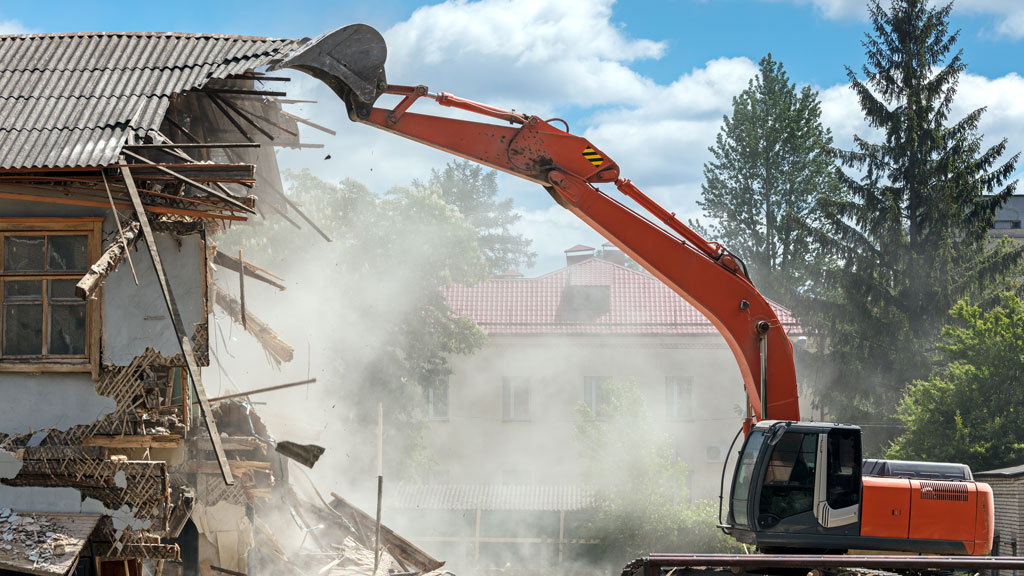
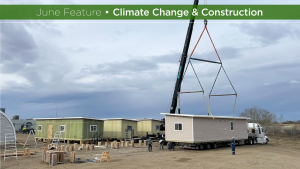




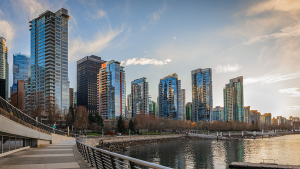
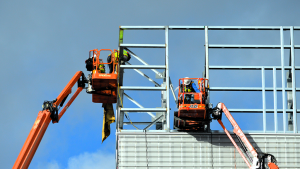
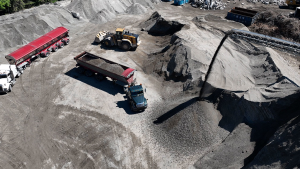
Recent Comments